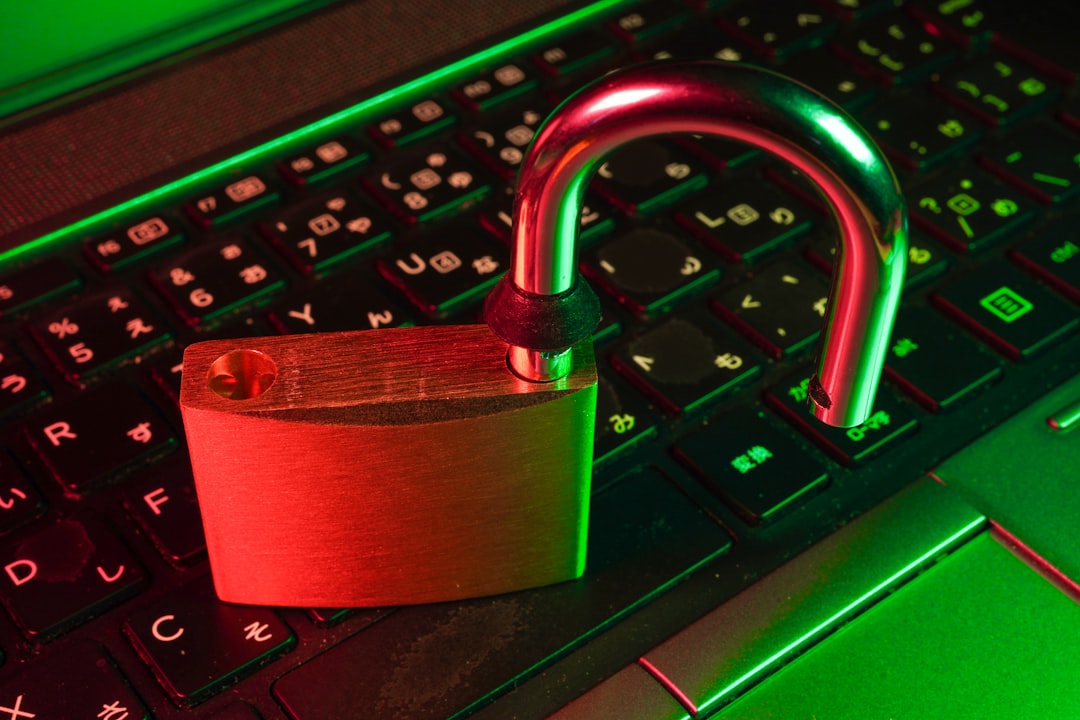Cryptocurrency has offered people around the globe unprecedented opportunities for investment and financial freedom. As blockchain technology continues to revolutionize the financial sector, malicious actors are also evolving their tactics. Among the most deceptive and dangerous threats are fake crypto wallets — cleverly disguised counterfeit apps or platforms designed to steal users’ digital currency.
Understanding how these scams operate and knowing how to avoid them is essential for anyone involved in the crypto space. Even seasoned investors can fall prey to sophisticated schemes if vigilance is neglected.
What Are Fake Crypto Wallets?
Fake crypto wallets are fraudulent applications or websites that mimic legitimate cryptocurrency wallets. Their primary goal is to trick users into sharing their private keys, passwords, or seed phrases. Once users enter this critical information, the attacker can drain funds from their real crypto holdings within seconds.

These scams can take many forms. Some fake wallets are published on app stores, complete with fake reviews and professional-looking logos. Others are circulated as download links via email campaigns, social media ads, or messaging apps. In either case, the result is the same: loss of valuable digital assets.
Common Tactics Used in Fake Wallet Scams
Scammers continually evolve their strategies. Here are a few common methods they use to lure unsuspecting victims:
- Impersonation of official apps: Counterfeit versions of trusted wallets, like MetaMask or Trust Wallet, appear almost identical in name, logo, and UI.
- Phishing websites: These websites imitate the design of popular wallet websites, prompting users to enter their recovery phrases.
- Fake updates: Scammers may send fake update notifications urging users to re-enter their wallet credentials.
- Social engineering: Through forums or direct messages, scammers pose as support agents to steal credentials.
How to Identify Fake Crypto Wallets
Learning how to identify bogus wallets is the first step toward safeguarding your assets. Here are some red flags to watch for:
- Check the app publisher: Always verify the developer’s name listed in app stores. Reputable wallets have known publishers.
- Review user feedback: Fake apps often have many negative reviews or generic five-star reviews. Read comments carefully for warning signs.
- Scrutinize the website URL: Minor spelling errors or unusual domain extensions (like .top or .xyz) are red flags.
- Never enter your seed phrase online: Legitimate wallets will never request your recovery phrase on a website or through a pop-up.
- Verify through official sources: Use official websites or vetted repositories when downloading wallet apps or extensions.

Tips to Stay Safe
Prevention is the best defense when it comes to crypto wallet scams. Here are a few tips to increase your security:
- Enable two-factor authentication (2FA): This provides an extra layer of protection for your wallet access.
- Use hardware wallets for significant funds: Hardware wallets, like Ledger or Trezor, keep your private keys offline.
- Bookmark trusted URLs: Always navigate to wallet platforms using saved, verified links instead of clicking random ads or emails.
- Keep your software updated: Use the latest versions of wallet applications and operating systems to benefit from security patches.
- Educate yourself regularly: Stay updated with the latest scams and fraud tactics in the crypto ecosystem.
Conclusion
As cryptocurrency continues to gain ground, so does the sophistication of scams targeting its users. Fake crypto wallets represent a critical threat, preying on those who might not suspect a trap due to the realistic interfaces and professional presentation. By staying informed, practicing due diligence, and enhancing digital hygiene, investors can protect their assets from falling into the wrong hands.
FAQ
- Q: How can I tell if a crypto wallet app is fake?
A: Look for inconsistencies in the app publisher’s name, check for suspicious reviews, and compare it against the official website or store link. - Q: Can I recover funds lost to a fake wallet?
A: Unfortunately, once funds are sent to a scammer, they are often unrecoverable. It’s crucial to report the scam and alert the community. - Q: Is it safe to keep all my crypto in a single app wallet?
A: No. Diversify your storage and consider using hardware wallets for better protection. - Q: What should I do if I downloaded a suspected fake wallet?
A: Immediately remove the app, reset any reused passwords or keys, and transfer your funds to a secure, verified wallet. - Q: Will a legitimate crypto wallet ever ask for my recovery phrase?
A: Never. Your recovery phrase is for your use only and should never be shared with anyone under any circumstances.